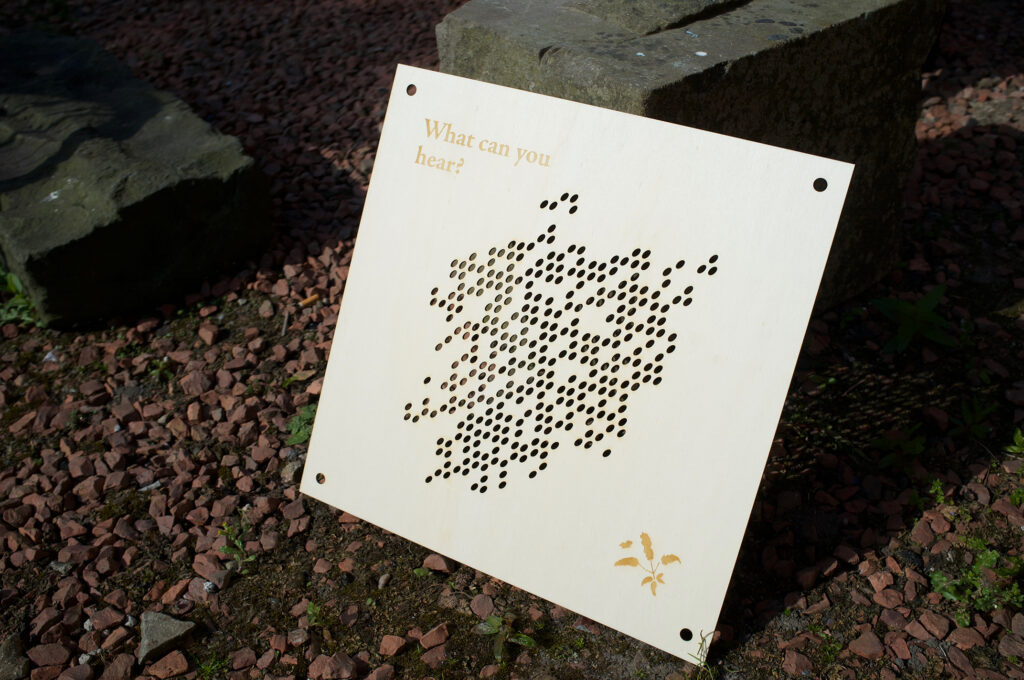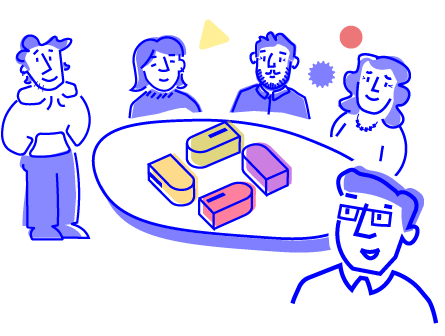Innovation & Technology Product Design
Leo Malins

I’m a designer driven by multidisciplinary exploration and hands-on engagement with my surroundings. I seek to challenge conventions through holistic approaches to design and art. I champion community participation and craft, believing in democratic and socially beneficial systems that reject “default” ways of being and move us towards the Ecocene.

Life in Ruin
Life in Ruin: Towards a Continuum of Care for Urban Nature Ecologies explores the intricate dynamics of how we care for non-human species within urban contexts. This project seeks to challenge the prevailing worldview of anthropocentrism that positions humans as separate from and dominant over nature. Instead, it delves into alternative ontologies, emphasising entanglement, interdependency, and vibrant coexistence.
Exploring derelict spaces created in urbanisation as an embodiment of this flawed worldview, Life in Ruin aims to reshape our perception of, and relationship with, these often-neglected environments. The project proposes notions for an ethics of multispecies care and uses artefacts for provocation to both literally and metaphorically scaffold these ideas as acts of “guerrilla welfare”.
Via the speculative ‘Urban Trust’, a community-led organisation that works to educate and develop ecological understanding in the ‘disused’ yet biodiverse land of the urban landscape, the project proposes novel and open interventions for collectively creating place. It invites engagement, understanding, and dialogue with place, challenging ownership and the ways in which we build and dwell in cities – and how we disrupt or affirm life in the process.
Navigating the urgent crisis of biodiversity loss in these uncertain times, Life in Ruin offers a hopeful perspective. It seeks to uncover and celebrate the resilience of life within the ruins, shifting our focus from a narrative of decline to one of potential and unexpected flourishing within our shared urban landscapes.
Creating Collaborative Futures
Creating Collaborative Futures: Collective Decision-making for the Energy Transition – was run in collaboration with the Collective Intelligence team at NESTA, the UK’s innovation agency, and focused on exploring the future of sustainable energy.
The brief invited the five Masters of European Design students to explore and envision how people and technology could collaborate to enable informed decision-making in energy systems that benefit communities and the environment over the next decade. To achieve this, the students employed one of NESTA’s tools, HACID.
HACID stands for Human and Artificial Collective Intelligence for Decision-Making and is a hybrid technology that aggregates artificial intelligence and crowd-sourced expert input. HACID supports decision-making for complex, open-ended problems like those in the energy sector. Its goal is to provide multiple suggestions and insights to help navigate these challenges.
Over the course of the intensive collaborative project, the students envisioned a 2035 future world vision and developed individual works that come together to form an interconnected system for communities to approach complex decision-making related to the energy transition.
Place Publics
Place Publics is an individual component from the collborative project Creating Collaborative Futures.
Empowering diverse community participation in collective and place-based deliberation. Place Publics acts as a physical touchpoint with HAECID technology and facilitates the full process of making a complex decision within a community. The tool is used in a shared space by different groups throughout the decision-making process, with human and Al mediators guiding its users.
Place Publics seeks to ensure community members are empowered and informed to make democratic decisions by presenting and communicating complex information to all entities involved. Ensuring final decisions are made with a complete understanding of who and what it will affect and that those perspectives are present in the process while building an expanding body of knowledge by contributing to collective intelligence for future decisions.
Place Publics uses for main stages:
The Co-op board present a decision for deliberation.
Community and co-op members receive context for understanding from HAECID.
Community and co-op members input their perspective and ideas.
Coop members receive ranked solutions from HAECID, to deliberate on and reach a conclusion.









